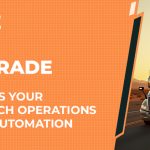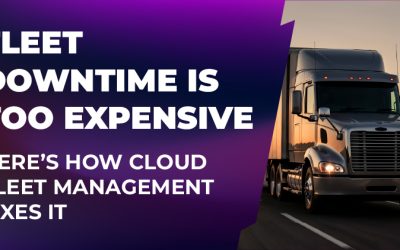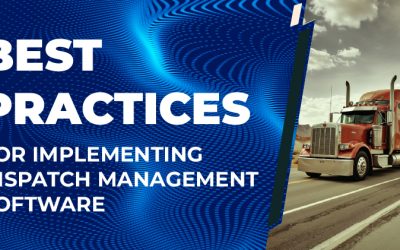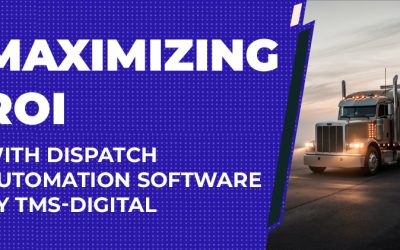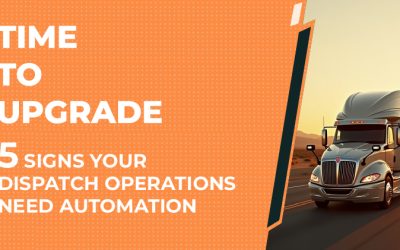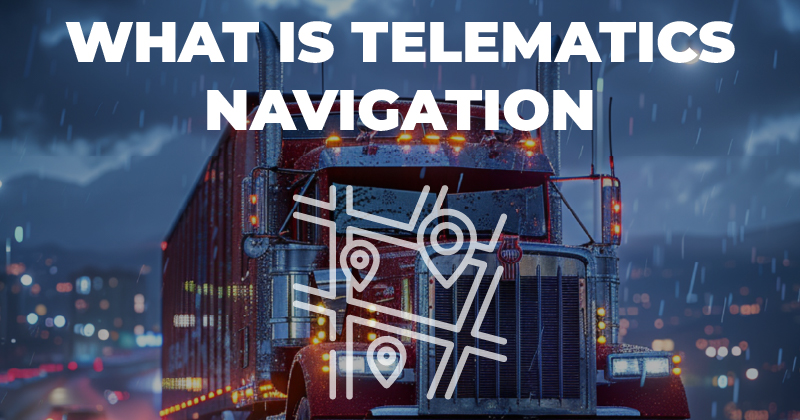
In the ever-evolving landscape of modern trucking, the pursuit of precision and efficiency is more crucial than ever. Enter telematics navigation, a cutting-edge technology that seamlessly merges real-time data with advanced navigational tools, revolutionizing how fleets are managed and operated. This technology is not just a trend; it represents a significant leap in the way trucking companies monitor, control, and optimize their operations.
Telematics navigation goes beyond traditional GPS systems, incorporating a complex blend of telecommunications and informatics to elevate fleet management to new heights. Unlike standard GPS, which merely tracks a vehicle’s location, telematics navigation provides a comprehensive suite of tools that monitor vehicle health, driver behavior, and environmental conditions in real-time. This technology offers fleet managers an unparalleled level of insight and control, making it an indispensable tool in today’s trucking industry.
How Does Telematics Differ from Traditional GPS?
The difference between traditional GPS and telematics navigation is substantial. While GPS can guide you from point A to point B, it offers little beyond basic navigation. Telematics, on the other hand, transforms this basic navigational tool into a powerful management system that delivers a wealth of real-time information.
With telematics, you’re not just seeing where your trucks are—you’re gaining a detailed understanding of their operational status. Telematics can alert you if a truck is consuming too much fuel, running behind schedule, or experiencing mechanical issues. This real-time data empowers fleet managers to make informed decisions on the fly, such as rerouting trucks to avoid traffic or scheduling maintenance before minor issues escalate into major problems. Essentially, while GPS offers location tracking, telematics delivers a comprehensive picture of fleet performance, making it a game-changer in fleet management.
The Core Components of a Telematics Navigation System
Telematics navigation systems are composed of three primary components, each playing a critical role in transforming raw data into actionable insights:
- GPS Technology– At the heart of any telematics system is GPS technology, which accurately pinpoints the exact location of every vehicle in the fleet. Beyond mere location tracking, this technology forms the backbone of advanced route planning, helping avoid delays and optimizing travel times. The precise location data provided by GPS is essential for ensuring efficient fleet operations.
- Onboard Sensors– Onboard sensors are the vital instruments that monitor various aspects of a vehicle’s performance, from engine health to fuel efficiency and even tire pressure. These sensors continuously collect data that can be used to preemptively identify potential issues, thereby minimizing the risk of costly repairs and unplanned downtime. Essentially, these sensors act as the eyes and ears of the telematics system, ensuring the health and safety of the fleet.
- Data Transmission– The true power of telematics navigation lies in its ability to transmit data in real-time to fleet managers. This constant flow of information allows for immediate decision-making, whether it’s rerouting a vehicle around a traffic jam or scheduling maintenance based on real-time diagnostics. Data transmission is the connective tissue that links the various components of the telematics system, turning individual data points into a cohesive, actionable strategy.
Key Benefits of Telematics Navigation in Trucking
The integration of telematics navigation into trucking operations brings a host of benefits that significantly enhance efficiency, safety, and overall performance.
1. Enhanced Route Planning
Telematics technology excels in optimizing routes by analyzing real-time traffic conditions, weather patterns, and road closures. This results in more efficient routing, ensuring that deliveries are made on time, every time. The ability to dynamically adjust routes based on current conditions can drastically reduce delays and improve customer satisfaction.
2. Fuel Efficiency and Cost Savings
By optimizing routes and monitoring vehicle performance, telematics navigation helps reduce unnecessary fuel consumption, leading to significant cost savings. Moreover, the ability to monitor driving habits and engine performance allows for better fuel management, further contributing to a fleet’s overall efficiency and sustainability.
3. Safety and Compliance
Safety is paramount in the trucking industry, and telematics navigation plays a critical role in maintaining high safety standards. By monitoring driver behavior, such as speeding or harsh braking, telematics helps enforce safe driving practices. Additionally, it ensures compliance with regulations like Hours of Service (HOS), reducing the likelihood of accidents and enhancing driver well-being.
4. Real-Time Data and Analytics
Access to real-time data transforms fleet management from a reactive to a proactive process. Fleet managers can analyze trends, identify areas for improvement, and make data-driven decisions that enhance operational efficiency. This ability to harness data in real-time is a powerful tool for improving both performance and customer satisfaction.
Implementing Telematics Navigation in Your Trucking Fleet
Adopting telematics navigation is a strategic move that can propel your trucking operations into the future. However, successful implementation requires careful planning and execution.
1. Choose the Right Telematics System
Start by evaluating your fleet’s specific needs. Consider the size and type of vehicles, as well as the objectives you aim to achieve with telematics. Choose a system that is scalable and offers features aligned with your goals, such as advanced analytics, fuel monitoring, and driver safety tools.
2. Installation and Integration
The installation process typically involves mounting the telematics device in your vehicles and connecting it to the onboard diagnostics (OBD) port. It’s crucial that the telematics system integrates seamlessly with any existing fleet management software to provide a comprehensive view of your operations.
3. Train Drivers and Fleet Managers
Effective training is key to maximizing the benefits of telematics. Drivers need to understand how the system affects their daily operations, while fleet managers should be adept at interpreting the data and using it to make informed decisions.
4. Overcome Common Implementation Challenges
Resistance to change is a common hurdle when implementing new technology. Address this by clearly communicating the benefits of telematics, such as reduced paperwork and streamlined route planning. Additionally, choose a provider with strong customer support to resolve any technical issues that may arise.
By carefully selecting the right system, ensuring proper integration, and training your team, you can seamlessly incorporate telematics navigation into your fleet, setting the stage for enhanced efficiency and future growth.
Conclusion
Telematics navigation is more than just a tool—it’s a transformative solution that empowers trucking companies to achieve unprecedented levels of precision, efficiency, and control. By integrating this technology into your fleet, you can unlock new opportunities for cost savings, safety improvements, and operational excellence.
As you consider the implementation of telematics navigation, look no further than TMS-Digital, one of the premier TMS software and solutions providers in the United States. With a proven track record of innovation and customer satisfaction, TMS-Digital is your trusted partner in harnessing the power of telematics to propel your fleet into the future.
Ready to revolutionize your fleet operations? Contact TMS-Digital today for a consultation and discover how our cutting-edge solutions can drive your success.





